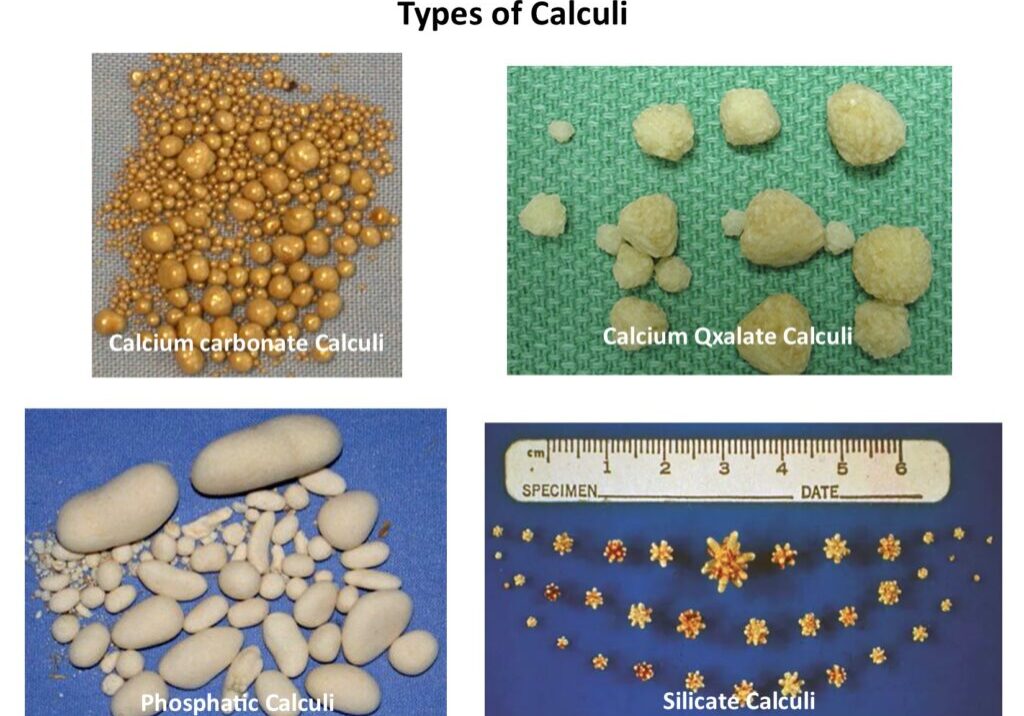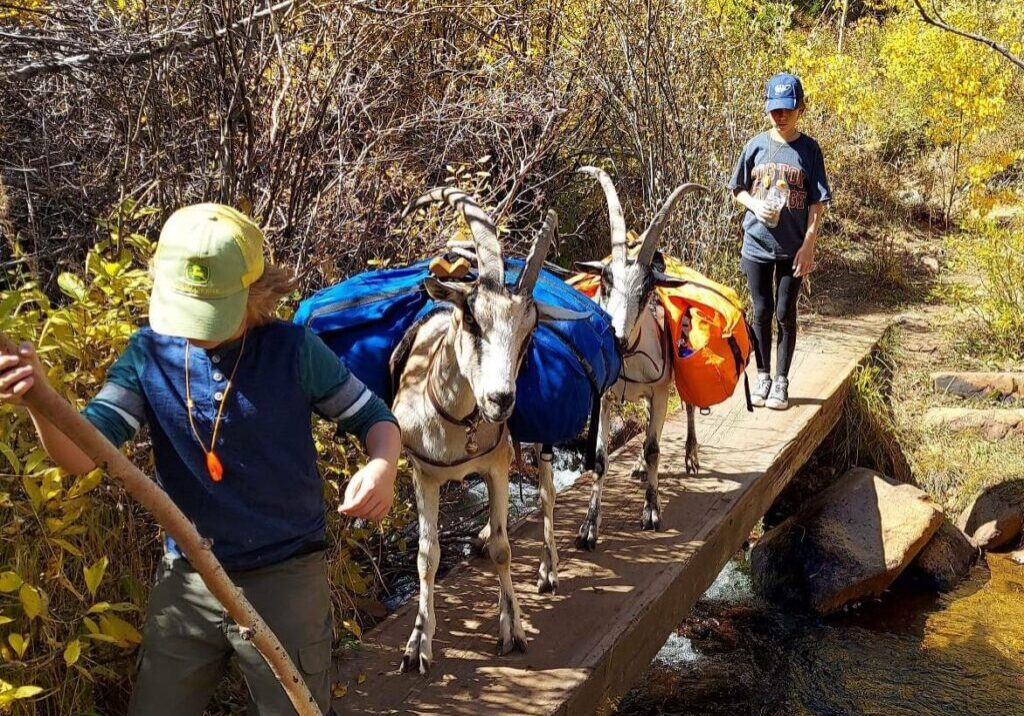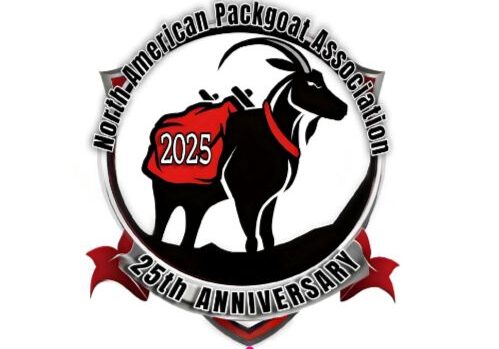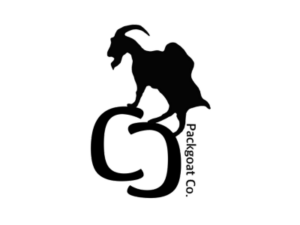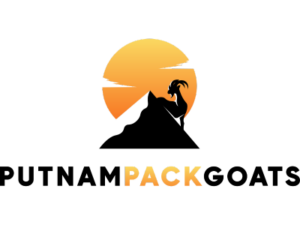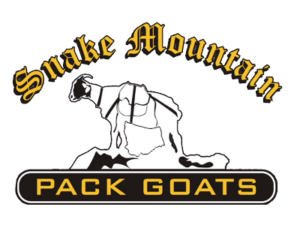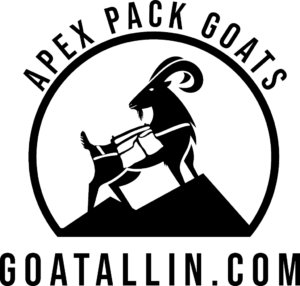NAPgA meets with The Wild Sheep Foundation in valuable collaborative workshop meeting.
A message from NAPgA President, Curtis King…
I wanted to take a moment to reflect and share with all of you the positive and productive experience we had in meeting with the Wild Sheep Foundation and a panel of experts August 27th and 28th at the Ramada Inn in Spokane WA. During a two-day workshop meeting we took a fresh look at our Best Management Practices, discussing and dissecting the many issues and questions that come up when talking about Goat Packing inside of and around Bighorn Sheep habitat.
With over two hundred years of combined work experience, our panel of eleven participants brought a plethora of knowledge, experience and skill set to the table. Ranging from a seasoned wildlife veterinarian, wildlife conservationists, wildlife biologists, a Veterinary Medical Officer, a veteran research Professor specializing in bacterial agents in domestic animal reservoirs, to seasoned Goat Packers and a Horseman, and we had all the ingredient’s needed to cook up answers to the question:
“How can we safely recreate with our pack goats in and around Bighorn Sheep habitat, and have ‘no contact’ with wild sheep?”
In attendance were the following panel of experts:
1. NAPgA treasure, Larry Robinson
2. NAPgA member, Nancy Clough
3. NAPgA member, Taffy Mercer
4. NAPgA President, Curtis King
5. Wyoming Wild Sheep Foundation Executive Director, Steve Kilpatrick
6. Wildlife Biologist, Wildlife consultant, and WSF Professional Resource Advisory Board Member, Tim Schommer
7. Wild Sheep Foundation Director of Conservation, Kevin Hurley
8. ARS, ADRU, Dr. Maggie Highland, Veterinary Medical Officer
9. WSU research Professor, Tom Besser
10. Nevada Department of Wildlife Veterinarian, Dr. Peregrine Wolff
11. Nevada Department of Wildlife Biologist, Mike Cox
The meeting started with a presentation from NAPgA president Curtis King, who shared our vision of “Bullet Proof Goat Packing” through education and awareness, and why a conservation-minded approach to goat packing is paramount. We shared our vision and mission statements along with our strong desire to collaborate with the Wild Sheep Foundation and other wildlife organizations to find common-ground answers focused on sensible, intelligent solutions to safe goat packing. The presentation gave the panel a better understanding of just how small NAPgA’s membership is and a realistic overview of how small the entire goat packing community really is. Less than 1/3 of the packgoat community uses packgoats in Bighorn Sheep habitat.
Kevin Hurley, the vice-President of Conservation & Operations for the Wild Sheep Foundation, gave an overall presentation about the Foundation to include the foundation’s history, past and current wild sheep numbers and their habitat’s, along with WSF’s mission statement and the direction they are headed in putting and keeping wild Sheep on the mountain.
The meeting followed with a presentation from Dr. Tom Besser, Professor at Washington State University and WSU Rocky Crate Chair. Dr. Besser gave an in-depth presentation and overview of the great strides and findings that have been made in M-ovi disease research as it relates to domestic sheep and goats.
Dr. Maggie Highland, Veterinary Medical Officer -Researcher ARS, ADRU, Pullman WA, presented on her research involving pathogen surveillance in pack goats and the overwhelming results of that study showing that M-ovi typically is not present in our pack goats. Dr. Highland also briefly discussed that M-ovi is also being found in samples taken from Dall sheep in Alaska, as well as Bison, Elk, and Whitetail deer in the lower 48.
The remainder of the day was spent breaking down our Best Management Practices and taking an in-depth look at what is really needed in them and what is not. This round table discussion of questions and answers set the stage for Day Two, which involved breaking down some of the language and adding emphasis on the words “No Contact” and “Control”.
We ended the first day with a catered dinner brought to our meeting room and some adult beverages. Having the opportunity to talk amongst ourselves and share some of our thoughts and ideas left all of us with a much better understanding of each other’s background and organizations. We enjoyed the great dinner while watching numerous goat packing videos on the large screen. A very special thank you to Marc Warnke with Packgoats.com for filming and editing some of the most thrilling footage out there of hunting with packgoats and watching them work after a successful hunt.
We started Day Two hitting the chalk board and putting pencil to paper. By the end of mid-morning we had our BMP’s whittled down from eleven to five. We will continue to fine-tune these and the end results will be reposted on our NAPgA website as soon as possible. Some of the main points that came up during this workshop meeting included, “What does a veterinarian checkup really look like?” and, “What can we do to assist the Shoshone National Forest with the pending permit system?”
By doing some of this work now, we can save a lot of headaches, research work, and concerns about what should be involved in a veterinarian inspection of a pack goat prior to being issued a permit into an area where Bighorn Sheep are present. Dr. Peri Wolff was very instrumental and helpful in this area of discussion. We penciled out a list of seven items that should be included in a veterinarian check list. This is a living document and can be added and deleted as needed. We want to be able to present a checklist to give vets a guide of what to look for verses just showing up to your property, looking over the fence at your boys, and saying, “Yep, they look good and healthy. Have a great trip!” Signs your vet- inspection document and leaves.
These included:
1. Physical exam
2. PRT (pulse, respiration, temperature)
3. Check the mouth for sores or lesions
4. Check for symptoms of ORF
5. Check for symptoms of pink eye
6. Check for symptoms of CL
7. Check feet between hooves for infection
We rounded out the day with some homework assignments to complete a template of something we can give to the Forest Service when we meet with them and the planning committee team that will be writing policy for what will be involved in the permit process. NAPgA has been invited to be involved in the design of the permit process and we look forward to being involved with this. Dr. Peri Wolf and Professor T. Besser volunteered to work together on designing a veterinarian checklist that we can use as a draft when we meet with the Shoshone early next year 2019. We are also contacting our local Veterinarians for input on what this might look like.
Other items of discussion involved education and awareness and how NAPgA can use social media and other educational web sites such as Packgoats.com to reach not hundreds but thousands of potential pack goat users, current pack goat users and members of the hunting community. Some discussion was presented of having NAPgA president Curtis King possibly doing a coffee table training video interview with Marc Warnke (Packgoats.com) discussing our BMP’s and what Bullet Proof goat packing really looks like. This type of presentation on education and awareness will spread like wildfire and that folks is what we want. I was very pleased with the outcome of this workshop-meeting and I felt that we not only made great progress but we planted some good seeds and established a positive working relationship with the agencies and organizations that attended. We all have a strong passion for wildlife.
We still have lots of work to do and I personally want to thank all of those that attended and worked with us on this project. We look forward to working with these organizations/agencies and the Shoshone National Forest early next year in the permit planning process.
Thank you everyone for your continued support.
“Long Live The Pack Goat”
Curtis King
President, North American Packgoat Association


